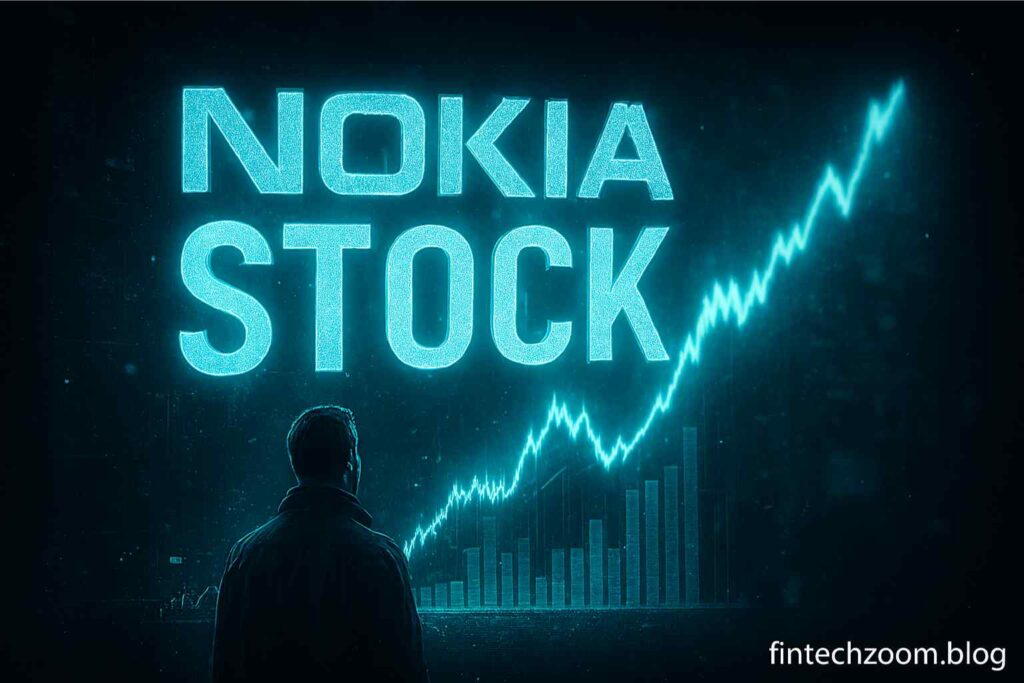Introduction
The name Nokia instantly conjures images of resilient mobile phones from a past era. Many investors still track the company’s progress through its stock, trading under the ticker symbol NOK on the New York Stock Exchange. A recent seismic event propelled Nokia stock into the spotlight, capturing the market’s full attention. Technology behemoth Nvidia announced a strategic investment of $1 billion into the Finnish telecommunications giant, acquiring approximately a 2.9% stake via new share issuance. This development triggered a significant surge in the stock price, leaving the investment community to ponder its true implications. The central question for every market participant now revolves around the sustainability of this momentum, questioning whether this event marks a fleeting spike or the beginning of a genuine, long-term corporate transformation.

The Nvidia Catalyst: A Strategic Inflection Point
Nvidia’s decision to invest approximately one billion dollars for a minority stake in Nokia represents far more than a simple financial transaction. This latest partnership is strategically aimed at collaborative development in cutting-edge fields like artificial intelligence (AI), 6G network infrastructure, and data-centre solutions. Such a deep alliance with the world’s leading AI-chipmaker validates Nokia’s technological roadmap and provides immense credibility. The market’s reaction was swift and decisive — Nokia’s shares surged around 15-20% on the announcement. GuruFocus+1 This move signals a potential fundamental shift for Nokia, opening new, high-growth revenue streams beyond its traditional network equipment business and positioning it at the forefront of the next technological revolution.
Nokia Stock Performance
Examining Nokia’s Financial Foundation
Beyond the headline-grabbing partnership, a thorough examination of Nokia’s financial health remains crucial for any serious investment consideration. The company’s most recent quarterly earnings report did surpass analyst expectations, demonstrating operational efficiency. However, the full-year figures painted a more complex picture, revealing a noticeable decline in overall revenue — for example its Mobile Networks net sales dropped by 21% year-on-year to €7.7 billion in 2024. Euronext Live Key financial metrics provide a mixed view: the company offers a dividend, appealing to income-focused investors, but its earnings per share and profitability margins require careful scrutiny. On the positive side, a strong balance sheet with manageable debt levels offers some stability, allowing the company to navigate its transformation and invest in future growth areas.

Future Growth Engines and Market Opportunities
Nokia’s potential for a successful turnaround hinges on its ability to capitalize on several key growth drivers. The global rollout and eventual evolution from 5G to 6G networks provide a solid, long-term demand base for the company’s core network equipment. Beyond traditional telecoms, expansion into data-centre networking and specific technologies like AI-RAN (Radio Access Network) present substantial new market opportunities. Growth is also anticipated from specific geographical regions, including the Middle East and Asia, where infrastructure spending continues to accelerate. The Nvidia partnership directly supports these ambitions, supplying the advanced technological backbone and industry clout necessary to compete effectively in these high-stakes arenas.
Potential Risks and Formidable Challenges
Investors must carefully weigh the significant opportunities against a roster of tangible risks and headwinds. The company operates on a global scale, making its financial performance susceptible to currency fluctuations and the impact of potential tariffs. Broader macro-economic issues can also delay or reduce capital-expenditure from its primary telecom clients. Fierce competitive pressure from other network-equipment providers and alternative technology substitutes constantly threatens market share and pricing power. Execution risk remains a critical question, as Nokia must successfully convert its strategic partnerships and opportunities into sustained profitability. Furthermore, the recent stock surge introduces valuation risk, prompting analysis of whether the good news is already fully reflected in the current share price.
Analyst Perspectives and Price Projections
Market analysts have offered varied reactions to these recent developments, with several institutions revising their price-targets upward following the Nvidia announcement. These new price targets provide a range of potential outcomes, some of which sit notably above the stock’s current trading level, suggesting further optimism. Other analysts maintain a more cautious or neutral stance, advising clients to wait for more concrete evidence of financial improvement before committing new capital. This divergence of opinion creates a dynamic market sentiment around Nokia stock, offering compelling arguments for both bullish and bearish investment theses. Tracking these analyst updates provides valuable insight into shifting market expectations.

Investment Outlook and Final Verdict
Determining a clear path for Nokia stock requires balancing its promising new strategic direction with its established financial realities. The Nvidia deal serves as a powerful catalyst that could redefine the company’s future, yet translating this potential into consistent revenue and profit growth will take considerable time and flawless execution. For value-oriented investors, the stock may appear attractive relative to its peers, while those seeking aggressive growth might view it as a speculative bet on the 6G and AI infrastructure boom. The stock could also suit investors looking for a tactical play on the revitalization of a well-known brand with new, powerful allies. Moving forward, key milestones to monitor include the next quarterly earnings report, tangible progress from the Nvidia collaboration (specifically rollout of AI-RAN and data-center networking solutions), and the overall health of global telecom capital-expenditure.
Also Read: Amazon Job Cuts: Up to 30K Corporate Roles to Be Cut 2025
Conclusion
Nokia stands at a critical juncture, armed with a transformative partnership that has reignited market interest. The journey ahead involves navigating a competitive landscape while proving its capability to monetize new technologies. While the recent stock movement captures attention, the long-term investment case will be built quarter by quarter, through demonstrated execution and financial results. A careful assessment of both the opportunities and the risks is essential before making any investment decision.
FAQ About Nokia Stock
Q1: Is Nokia a buy or sell?
Ans: Nokia is considered a “hold” by many analysts, with potential for growth in 5G and network solutions, but short-term volatility remains.
Q2: What will Nokia stock price be in 2030?
Ans: Forecasts suggest Nokia’s stock could rise moderately by 2030 as 5G, AI, and network technologies expand, though long-term performance depends on market trends.
Q3: Why is Nokia stock falling?
Ans: Nokia’s stock recently dropped due to weaker quarterly results, slower 5G adoption, and global market uncertainty impacting telecom equipment demand.
Q4: Is Nokia a dividend stock?
Ans: Yes, Nokia offers dividends, though payouts vary yearly based on profits and performance. Investors view it as a moderate-yield dividend stock.
Q5: Should I keep Nokia stock?
Ans: If you believe in Nokia’s long-term 5G and AI strategy, holding may be wise. However, short-term traders might prefer more stable options.
Q6: Does Nokia have a future?
Ans: Yes, Nokia’s future looks promising in 5G, network automation, and AI integration, though competition from major tech players remains intense.
Q7: Why is Nokia buying back shares?
Ans: Nokia’s share buyback aims to boost shareholder value, improve earnings per share, and reflect confidence in the company’s long-term financial health.

